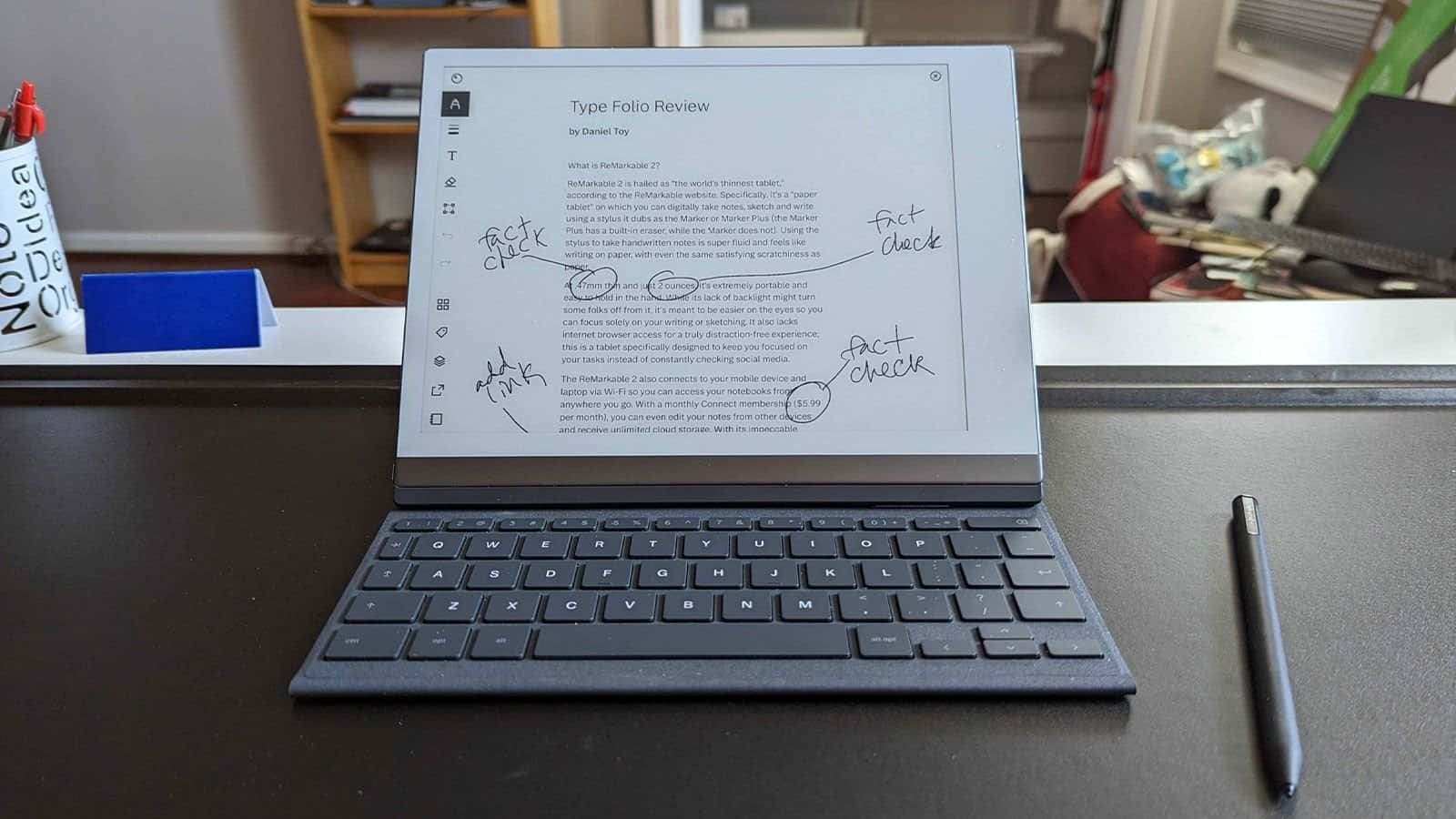When comparing 270 to 30-06, the 30-06 is more popular and versatile in terms of bullet selection. The 270 offers flatter trajectory and less recoil.
Choosing between the two caliber cartridges,. 270 and. 30-06, can be a difficult decision for firearm enthusiasts. While the. 30-06 is favored for its wider range of bullet choices and hitting power, the. 270 provides a flatter trajectory and less kickback.
Understanding the differences in performance and ballistics is crucial for selecting the ideal cartridge for your shooting needs. Therefore, evaluating the pros and cons of each caliber will help you make an informed decision based on your intended use, whether it be hunting big game, target shooting, or long-range shooting. Ultimately, the choice between the. 270 and. 30-06 comes down to personal preference and specific requirements in terms of range, accuracy, and stopping power.
The Calibers
When comparing the .270 to the .30-06 calibers, it’s important to understand the differences in their ballistics and performance characteristics. Let’s delve into each caliber to see how they stack up.
.270
The .270 caliber is known for its flat trajectory and long-range accuracy, making it popular among hunters for medium to large game. With a bullet diameter of .277 inches, it delivers high velocity and energy, making it a versatile choice for various hunting scenarios.
- Flat trajectory
- Long-range accuracy
- Versatile for medium to large game
.30-06
The .30-06 caliber is a powerhouse in the hunting world, known for its versatility and stopping power. With a bullet diameter of .308 inches, it is suitable for all North American game species and can handle a wide range of bullet weights and designs.
- Versatile for all North American game
- Wide range of bullet weights
- Strong stopping power

Credit: www.amazon.com
Ballistics
Ballistics is the science of projectiles in motion, crucial in comparing the performance of different rifle cartridges like the .270 and .30-06.
Trajectory
The trajectory of a bullet is its curved path from the muzzle to the target, influenced by bullet weight, speed, and aerodynamics.
Energy
Energy is the force a bullet carries at impact, determining its stopping power and penetration capabilities.
Suitability
In terms of suitability, it’s important to compare .270 and .30-06 cartridges for specific applications. Understanding the strengths and limitations of each round for different purposes can help hunters and long-range shooters make an informed decision based on their needs and preferences.
Game Hunting
When it comes to game hunting, both the .270 and .30-06 are popular choices among enthusiasts. The .270 cartridge is renowned for its flat trajectory and relatively low recoil, making it a favored option for hunting deer, antelope, and lighter game at moderate distances. On the other hand, the .30-06 offers a wider range of bullet weights and a significant energy advantage, making it suitable for larger game such as elk, moose, and bear. Its versatility also extends to longer ranges, making it a reliable option for hunters pursuing a variety of big game.
Long-range Shooting
For long-range shooting enthusiasts, the .270 and .30-06 exhibit distinct characteristics that influence their suitability. The .270, with its high velocity and caliber selection, is capable of delivering exceptional accuracy and performance at extended distances, particularly for targets within 500-600 yards. Meanwhile, the .30-06, with its heavier bullet options and superior energy, offers enhanced stability and impact at longer ranges, making it an ideal choice for precision shooting beyond 600 yards.
Ammo Availability
When it comes to comparing the .270 and .30-06 calibers, one crucial factor to consider is the availability of ammunition. After all, what good is a firearm if you can’t find the ammo to feed it? Let’s explore this aspect in more detail.
Factory Loads
Both the .270 and .30-06 cartridges have been popular choices among hunters and shooters for decades, which means manufacturers have recognized the demand for ammunition in these calibers. As a result, you’ll find a wide variety of factory loads available for both calibers.
In terms of bullet types, you’ll have options ranging from traditional soft-point and hollow-point bullets to premium bonded or polymer-tipped bullets. This allows you to choose the ideal load for your specific shooting needs and preferences.
Furthermore, you can find ammunition suitable for various game sizes – from varmints to large game animals – in both the .270 and .30-06 calibers. This versatility makes these cartridges highly sought after by hunters of all kinds.
Cost
Cost is often a decisive factor when it comes to choosing ammunition for your firearm. In this regard, it’s worth noting that the .270 and .30-06 calibers are priced relatively similarly.
When browsing for factory loads, you’ll find that the prices of ammunition for these calibers fall within comparable ranges. It’s important to remember that ammo costs can vary based on factors such as the brand, bullet type, and weight.
That said, due to their popularity, both the .270 and .30-06 calibers benefit from economies of scale in ammunition production, which helps keep the costs more affordable for shooters.
In conclusion, when considering the availability of ammunition for the .270 and .30-06 calibers, you can rest assured that there is a wide selection of factory loads available for both. Whether you’re after specific bullet types or hunting different game sizes, you’ll find suitable options for your shooting needs. Additionally, the cost of ammunition in these calibers remains relatively balanced, making them accessible choices for shooters across various budgets.
Recoil And Shootability
Recoil and shootability are crucial factors to consider when choosing the right caliber for your shooting needs. The last thing you want is a powerful recoil that makes shooting uncomfortable or difficult. In this section, we will compare the felt recoil and rifle options between the .270 and .30-06 calibers, helping you make an informed decision based on your shooting preferences and needs.
Felt Recoil
Felt recoil refers to the impact and force you experience when firing a rifle. It is a combination of various factors such as caliber, bullet weight, and firearm design. The .270 Winchester caliber offers a lighter recoil compared to the .30-06 Springfield. As a result, it is more manageable and provides less kickback when shooting. This makes the .270 Winchester a suitable choice for shooters who seek a comfortable shooting experience with minimal recoil.
On the other hand, the .30-06 Springfield caliber generates a slightly heavier recoil due to its larger bullet size and increased powder charge. While it may deliver more power downrange, it can also result in a more noticeable kickback. Shooters who are comfortable with handling recoil or require the extra power may prefer the .30-06 Springfield.
Rifle Options
When it comes to rifle options, both the .270 Winchester and .30-06 Springfield calibers offer a wide range of choices. These calibers have been widely adopted and supported by various firearm manufacturers, meaning you’ll have plenty of rifles to choose from.
Below is a comparison table of some popular rifle options for each caliber:
| .270 Winchester | .30-06 Springfield |
|---|---|
| Ruger American Rifle | Remington Model 700 |
| Winchester XPR | Savage Arms Axis II |
| Weatherby Vanguard | Browning X-Bolt |
These are just a few examples, and there are many more rifle options available for both calibers. Consider factors such as brand reputation, features, and price range when choosing the right rifle for your needs.
Now that we’ve discussed the felt recoil and rifle options for both the .270 Winchester and .30-06 Springfield calibers, you can better evaluate which one suits your shooting preferences. Remember, a comfortable shooting experience with manageable recoil can significantly enhance your accuracy and enjoyment on the range.

Credit: bulletcentral.com

Credit: bulletcentral.com
Frequently Asked Questions On Compare 270 To 30-06
What Are The Key Differences Between .270 And .30-06 Cartridges?
The. 270 and. 30-06 cartridges differ in size, velocity, and recoil. While the. 270 has a flatter trajectory and less recoil, the. 30-06 offers a wider range of bullet options and greater stopping power. The choice between the two depends on factors such as intended use, game size, and personal preference.
Which Cartridge Is Better For Long-range Shooting, .270 Or .30-06?
For long-range shooting, the. 270 cartridge is a popular choice due to its flatter trajectory and higher muzzle velocity. With less bullet drop and wind drift, it offers improved accuracy at extended distances compared to the. 30-06. However, the. 30-06’s heavier bullets can offer better performance in windy conditions and on larger game.
Can I Use .30-06 Ammunition In A .270 Rifle, And Vice Versa?
No, it is not safe or recommended to use. 30-06 ammunition in a. 270 rifle, or vice versa. Each rifle is designed specifically to handle the pressures and dimensions of its corresponding cartridge. Mixing calibers can result in dangerous malfunctions and damage to the firearm.
Which Cartridge Is More Popular Among Hunters, .270 Or .30-06?
Both the. 270 and. 30-06 cartridges are highly popular among hunters for their versatility and effectiveness. However, the. 30-06 has a slightly larger following due to its long-standing history, wider range of bullet choices, and reputation for being a reliable choice for big game hunting.
Conclusion
Both 270 and 30-06 offer excellent performance and versatility for different hunting and shooting needs. Whether you prioritize speed and flat trajectory or heavier bullets and long-range capabilities, each cartridge has its strengths. Ultimately, the decision depends on your specific requirements and preferences.
Happy shooting!



